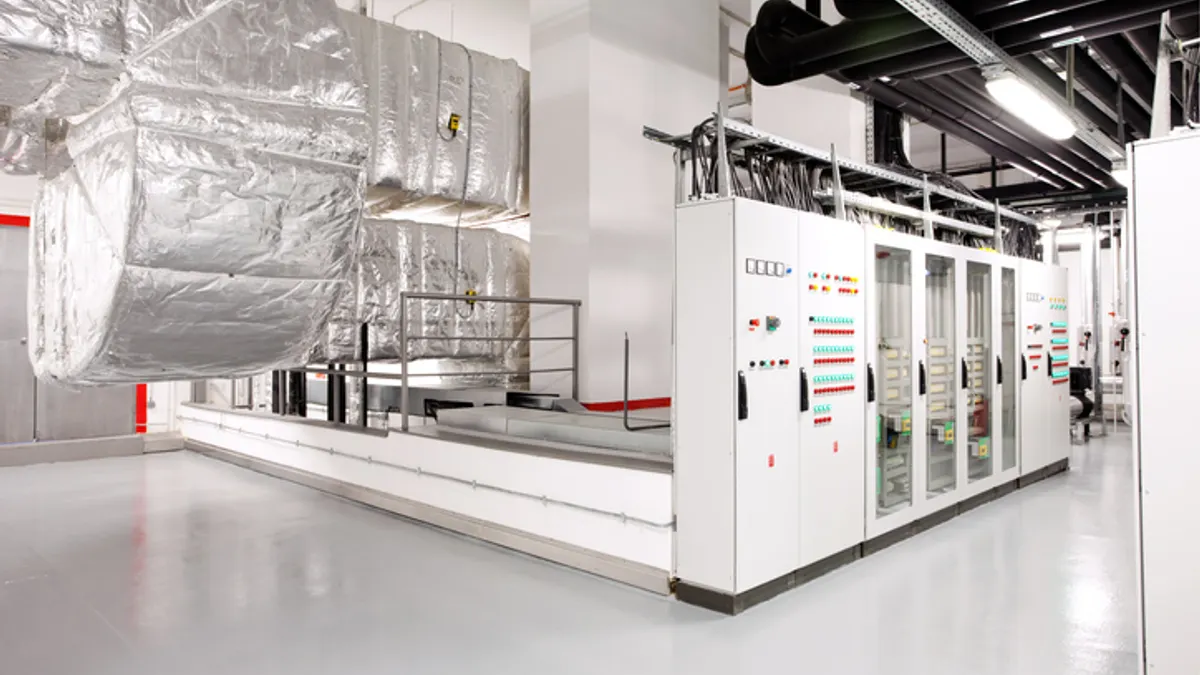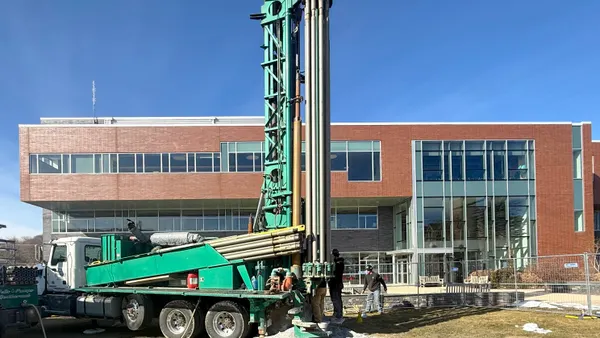Facilities managers are wholly committed to taking a broader approach to reducing carbon emissions in the buildings they oversee, and they say sustainability heavily influences how they approach procurement, according to survey findings released in June by JLA, a UK-based provider of commercial building supplies and services. But the organizations they work for aren’t necessarily of the same mind, another survey suggests.
Findings released last year by the International Facilities Management Association and The Technical University of Darmstadt in Germany show that it is typically facilities managers, not building owners, who initiate carbon reduction initiatives in their buildings – 56% vs. 30%. Between half and two-thirds of FMs say they don’t have the staff and other resources to reduce the carbon footprint in their buildings or address regulations requiring decarbonization.
Despite this mismatch, there are ways FMs can exercise sustainability leadership, specialists in the field say.
C-suite executives are looking to FMs for guidance on how to drive sustainability, Damien Dhellemmes, senior vice president of Schneider Electric’s Digital Energy Commercial Organization, says.
“If you’re a facility manager or director, you have extensive knowledge of how your buildings operate,” he said in a blog post on building sustainability. “Facility managers need to lead this decarbonization effort for their organizations.”
Facilities managers have a wide range of best practices to consider when striving for sustainability and operational efficiency, says Bryan Astheimer, national operations manager at UL solutions. While the list is extensive, he says, FMs can have an outsized impact by focusing on the small matters that they can control:
- Energy audits. Conducting these regularly enables FMs to identify inefficiencies, giving them an opportunity to find improvements.
- Equipment upgrades. LED lighting is widely considered a good first step because it’s effective and relatively inexpensive.
- Resource monitoring. By keeping a close watch on energy and water consumption, FMs can detect anomalies early, enabling them to offer solutions before problems become costly.
- New fixtures. If replacement fixtures are water-efficient, FMs can reduce water use and utility costs.
- Waste audits. The audits are a first step to devising reduction strategies that can minimize landfill contributions and improve recycling efforts.
- Sustainable procurement. Green cleaning products are a good first step because they’re affordable and readily available.
- Systems maintenance. By ensuring optimal performance and longevity, systems can operate more efficiently, using fewer resources.
- Metrics. Key data points that should be monitored continuously are energy and water use, and waste generated.
Buildings are one of the largest sources of carbon emissions of any sector, accounting for almost 40% of greenhouse gases, according to one estimate. Each year, cities and states release new or updated building performance standards or other regulations that mandate carbon reduction in North America and Europe. The role of the facilities manager in meeting targets mandated by these regulations can’t be underestimated, Dhellemmes says.
Astheimer recommends FMs look into training by IFMA or the U.S. Green Building Council, which created the Leadership in Energy and Environmental Design building certification program, to learn best practices. “Facility managers are increasingly expected to integrate environmental considerations into their roles and this trend is here to stay,” says Astheimer.










